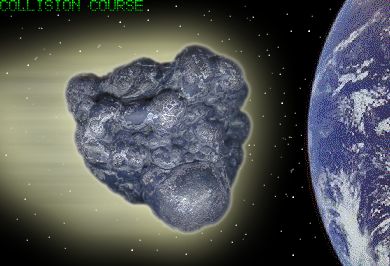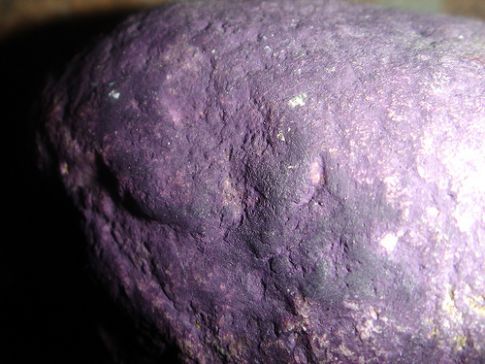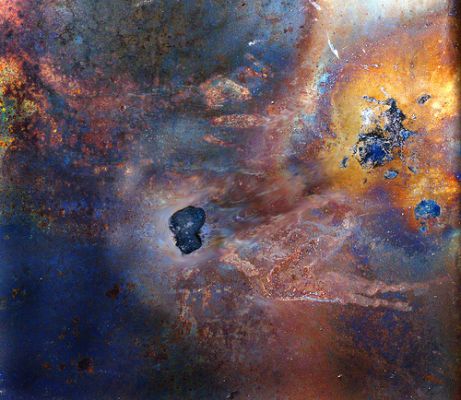
image:goldenrectangle
Remember my radical idea from last August? This was the suggestion that microbial life might be lying dormant in the centers of some craters on the moon, having been transferred there, panspermia-style, via impactors originating elsewhere in the Solar System (or beyond). Perhaps Copernicus crater is right now home to a colony of alien bacteria, and the first samples of extraterrestrial life not light years but only a couple hundred thousand miles away.
To this I added a long shot of which I am particularly fond: the suggestion that preserved cellular life up there might have come from down here, having evolved on Earth before the super-impactor that formed the moon. Indeed, if the ejecta that coalesced into the moon was not 100% molten, there is some non-zero possibility that moon rocks now contain fossilized strains of Earth-based biota that evolved before, and independently of, the current biosphere *altogether*. If so, who knows what they might look like? Or how might they have operated at a cellular or genetic level? I was musing again on this somehow sparkling idea just last weekend as I visited the National Cathedral in Washington, D.C., where one stained glass window is devoted to space exploration and holds, in its center, an authentic moon rock.
Turns out FQXi was once again ahead of the curve on this one. COSMOS magazine, which I recommend for all popular science readers, reported last month on this very idea. (Do they read this blog?) I just want to say you heard it here first.

image:diongillard
Earth, of course, isn't alone in bearing the slings and arrows of what planetary geologists call the Bombardment Period. In a recent interpretation, the odd magnetic field of Mars is hypothesized to be the result of a collision almost as Dantean as the moon-forming cataclysm on primeval Earth. In a nice, though merely coincidental, symmetry, a Mars-size impactor is thought to have hit us, while Mars itself was evidently struck by an impactor the size of our moon. From New Scientist:
"The relatively smooth, flat surface of Mars' northern hemisphere lies around 6 kilometres lower than the more mountainous surface of the southern hemisphere. Earlier this year, researchers proposed that this 'Mars dichotomy' can be explained if a huge object, almost as big as Earth's moon, hit the northern hemisphere of Mars at a shallow angle."
Rather wonderfully, asteroid collisions, famous for K-T-style mass extinctions and even sterilizing planetary surfaces altogether, may well be responsible for having started the biosphere in the first place. From USA Today:
"Perhaps 'the bulk of the organic molecules necessary for life's origins were (created) by oceanic impacts of extraterrestrial objects,' Furukawa and colleagues say in the current edition of the journal Nature Geoscience. Most asteroids contain some carbon, the basic element in organic molecules. So the researchers investigated whether an asteroid impact could serve as a chemistry lab for cooking up the ingredients for living tissues, the 'pre-biotic soup' that some biologists suggest led to life . . ."
In our end, to paraphrase Eliot, is our beginning.

image:logan.fulcher